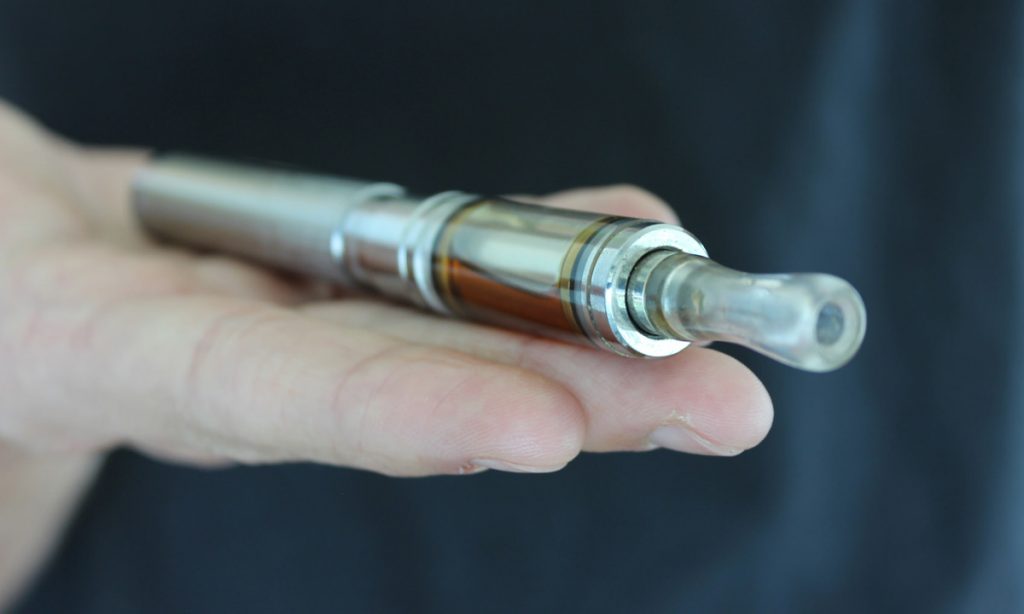As of April 2021, seventeen states, two territories and the District of Columbia have enacted legislation to regulate cannabis for adult use. In addition, Connecticut and Rhode Island seem poised to legalize adult use cannabis, Louisiana has decriminalized marijuana possession and Montana is establishing its own marketplace. Those are big gains, and they just keep coming.
According to a recent analysis conducted by cannabis marketing company Digital Third Coast, consumers want even more access, more convenience, and also more restrictions, at least when it comes to advertising cannabis.
States looking for legalization
Digital Third Coast analyzed Google (NASDAQ: GOOG) searches in all fifty states and 34 of the largest U.S. cities where cannabis is not yet fully legal. The analysis was rounded out by a survey of over 1,000 Americans who were asked to offer their views on cannabis legalization, use, and marketing. The drive for legality as expressed by respondents appeared centralized in the West, with Wyoming at number one and North Dakota coming in second. West Virginia took a surprising third ranking, making it an outlier among its western counterparts, including Iowa and Nebraska, which rounded out the top five. States with mixed legality that includes medicinal programs, different laws governing CBD usage and, in some cases, decriminalized cannabis, ranked lowest in “cannabis curiosity”. The Google search data revealed a high volume of interest in legalization from those living in states where cannabis is already legal.
The top five cities Google searching terms like “state cannabis legalization” (Birmingham, AL, Charleston, SC, Cheyenne, WY, Nashville, TN and Omaha, NE) are all places where cannabis is completely illegal, but that isn’t stopping Digital Third Coast’s cross-section of America from enjoying cannabis. According to their results, 60 percent of respondents reported as cannabis users. 92 percent of respondents supported legalization, with 45 percent claiming that leaving whether to consume cannabis as a “matter of freedom or personal choice” was their primary reason for that support. This was almost double those who listed “medical reasons and palliative care” as a primary motivation (25%).
Lawmakers should take note
Not only did the majority of Google search results and U.S. citizens surveyed point to overwhelming support for legalization, but one in three Americans wants to see cannabis sold in supermarkets, gas stations, and grocery stores. Seven in ten want to see cannabis legalized at the federal level, which suggests a significant acceptance around the normalization of cannabis use and its integration into day-to-day life, as does the fact that fully 26 percent of respondents feel that cannabis dispensaries should not be banned from opening near schools, houses of worship or residential areas.










